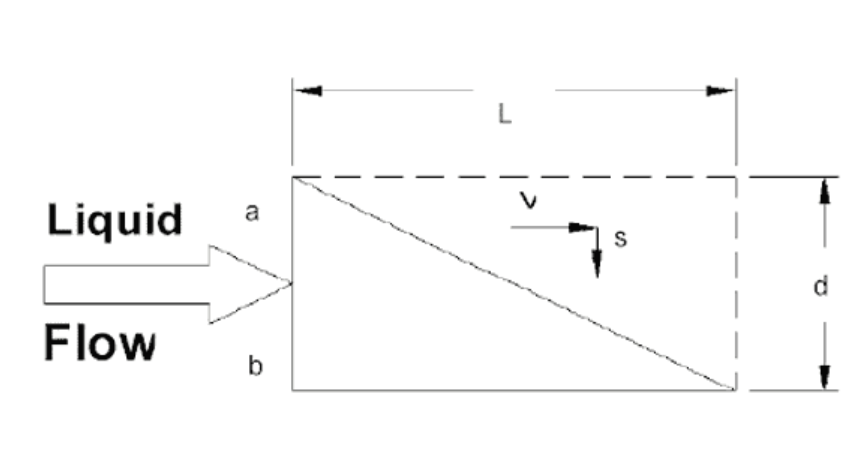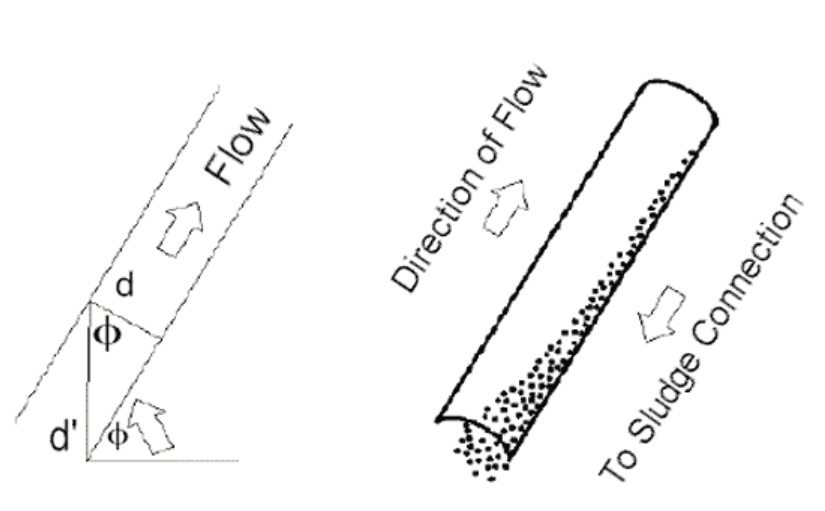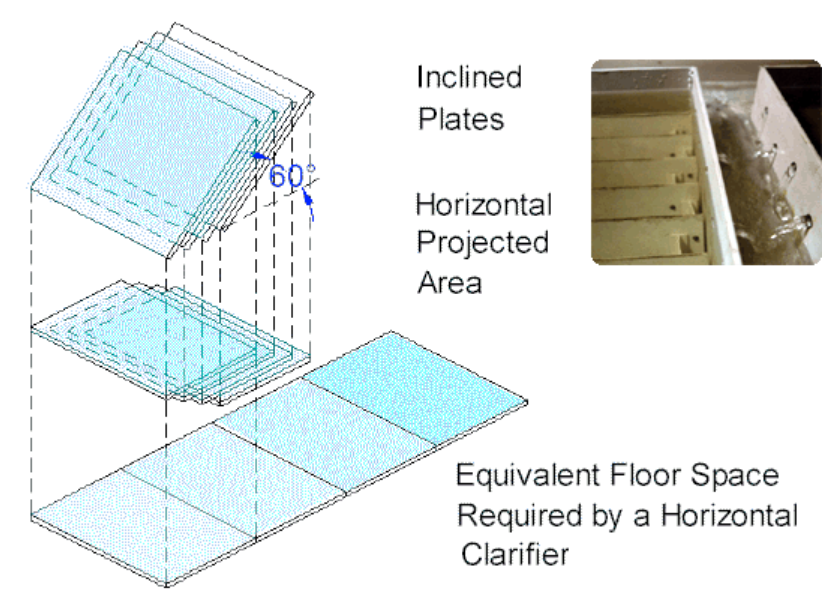In the early 1950s, major breakthroughs were made in instrumentation. The emergence of digital technology enabled the introduction of various digital instruments, which improved the precision, resolution, and measurement speed of analog instruments by several orders of magnitude, laying a good foundation for realizing test automation. .
In the mid-1960s, measurement technology made another progress. With the introduction of computers, the functions of the instrument have undergone a qualitative change. From the measurement of individual quantities of electricity to the measurement of characteristic parameters of the entire system, from simple reception and display to control, Analyze, process, calculate, and display output, from measuring with a single instrument to measuring with a measuring system.
In the 1970s, the further penetration of computer technology in instrumentation made electronic instruments outside the traditional time domain and frequency domain, and Data Domain tests emerged.
In the 80's, as the microprocessor was used in the instrument, the front panel of the instrument began to develop in the direction of the keyboard. In the past, an intuitive rotary dial for adjusting the time base or amplitude, the voltage switch, the sliding switch of the equal range or function, and the like were selected. The disconnect key has disappeared. The main mode of the measurement system is the form of a cabinet, which is all sent to a controller via the IEEE-488 bus. When testing, a rich BASIC language program can be used for high-speed testing. Personal instruments, different from traditional independent instrument models, have been developed.
In the 1990s, instrumentation and measurement science made further major breakthroughs. The main sign of this progress is the improvement of the degree of intelligence in instrumentation. Outstanding performance in the following areas.
1. Advances in microelectronics technology will have a deeper impact on the design of instrumentation;
2. With the advent of a large number of DSP chips, digital signal processing functions of instrumentation have been greatly enhanced;
3. The development of microcomputers has enabled instrumentation to have stronger data processing capabilities;
4. The increase in image processing capabilities is widespread;
5. VXI bus is widely used.
Second, the characteristics of the development of foreign instruments
1. Application of new technology
At present, EDA (Electronic Design Automation), CAM (Computer Aided Manufacturing), CAT (Computer Aided Testing), DSP (Digital Signal Processing), ASIC (Application Specific Integrated Circuit), and SMT (Surface Mount Technology) are widely used.
2. Product structure change
Focus on performance and price ratio. While attaching importance to the development of high-end equipment, we attach great importance to the development and production of high-tech and large-scale products.
Focusing on system integration, not only focused on stand-alone, but also on system and product softening. With the integration of various types of instruments into the CPU, digitalization has resulted in huge human and financial investment in software. The future instruments are summarized into a simple formula: Instrument = AD/DA + CPU + software, AD chip will change the analog signal into digital signal, and then use software to process the change and then use DA output.
3. Product development guidelines have changed
From technology-driven to market-driven, from blind pursuit of high precision to "just right." The criteria for developing a successful product is that the user has clear requirements; the market can be launched with the shortest development time; the functions and performance are just right; another change in the product development criteria is to shrink the direction and concentrate the advantages.
Feiyiya Inclined Plate Clarifiers Use Gravity & Innovative Engineering
A gravity clarifier is the most economical method of removing solids from liquids, using natural gravity as the source of energy and it is free. A clarifier simply provides a non-turbulent zone where heavier than liquid solids, suspended by turbulence, are given sufficient time to settle to a quiescent surface. The HEI inclined plate clarifiers are compact units with multiple layers of settling area utilizing less than 25% of the floor space required by conventional clarifiers.
Principle of Clarifiers
A particle carried forward by the velocity of the liquid flow must settle at a rate that allows it to reach the bottom before passing through the clarifer. Thus, particles beginning at a point [a" must traverse some route lying between ab and ab` in order to avoid being carried over the outlet.

If V is the horizontal velocity of the liquid, S the solids particle vertical settling velocity, L the length of the settling device, and D its depth, then particles entering at point A will settle to the bottom of the device only if V does not exceed: S(L/D)Since Vmax / S = L / D then, Vmax = S (L / D)
Therefore, the velocity at which a horizontal clarifying device may be operated successfully is directly proportional to its length and inversely proportional to its depth.
This analysis applies to multiple horizontal plate units also. The spacing between plates is usually a few inches as opposed to a depth of several feet in a horizontal tank; therefore, [settling-out" times are dramatically reduced. The flow must be non-turbulent to prevent settled solids from being re-entrained within the moving liquid. Small plate spacing and a large surface area permits laminar flow at higher velocities than large horizontal tanks would allow.
Horizontal clarifying devices become self-flushing if they are inclined at an angle which exceeds the angle of repose of the settled solids. In such cases, flow enters the lower end of the device where settling particles move to the floor eventually sliding back out the entrance. Clear effluent leaves the top of the device.
 However, when the device is inclined, the furthest settling particles no longer fall through distance D but some longer distance D`. This new longer settling distance D` is related to D by the relation: D = D` cos Ø.
However, when the device is inclined, the furthest settling particles no longer fall through distance D but some longer distance D`. This new longer settling distance D` is related to D by the relation: D = D` cos Ø.
Theta [Ø" is the angle, the device is inclined to the horizontal plane. Thus settling distance is increased by the factor: 1/cos Ø In the case where Ø = 60º, 1/cos Ø = 2.
The maximum settling distance is twice the distance between the plates. It is apparent then that the lower the angle of inclination, the smaller the settling distance. However, the angle of inclination must exceed the angle of repose of the solids to be separated. The previous equation may be modified to express the cosine of an inclined plate clarifying system as:
Vmax = L / (D / cosØ) (s) = L·cosØ / D (s)
Inclined Plate Clarifiers
A reduction of the required floor space is acquired by diminishing the separation between the horizontal plates to a few inches and stacking the settling surfaces. Inclining the plates to provide self flushing, 45º for heavy particles and 60º for light particles, reduces the available horizontal projected area (effective settling area) by a factor equivalent to the cosine of the angle. The surface area diagram (below) graphically compares the floor space requirements of an HEI inclined plate clarifier with the equivalent horizontal projected settling area.
Settling Rate
The settling rate for a specific solids should be determined by standard laboratory tests. Light particles, such as metal hydroxides, usually require a design parameter of 0.25 – 0.50 gallons per minute per square foot of horizontal projected area. These low density solids require the inclined plates to be set at a 60º angle to induce the particles to slide down the plate. Heavier particles (such as sand that easily flow) will readily slide from plates set at a 45º angle.

Maximum flow rate of an inclined plate clarifier is based on the flow rate per unit of a horizontally projected surface area. Retention time in the clarifier is not a design criteria. However, attaining optimum performance requires the prudent design to recognize several additional, very important factors.
Inclined plate clarifier, Lanmei inclined plate clarifier, Inclined Tube Settler,High-Efficiency Inclined Tube
Wuxi Feiyiya Environmental Protection Technology Co., Ltd. , https://www.feiyya.com